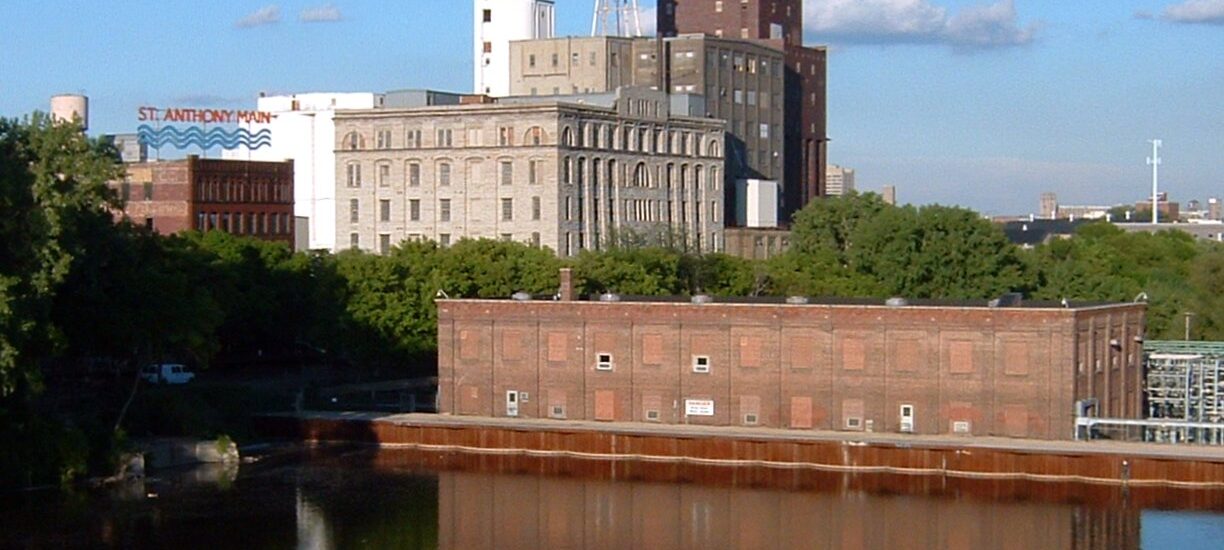Welcome to the Pillsbury A Mill, a fascinating relic of Minneapolis’ industrial past that has withstood the test of time. Established in 1881, the Pillsbury A Mill was the crown jewel of the Pillsbury Company, founded by Charles Alfred Pillsbury. He envisioned creating the largest and most advanced flour mill the world had ever seen, and he succeeded. For 40 years, this mill held the title of the world’s largest flour mill, a testament to the ambition and innovation that characterized the industrial boom of the late 19th century.
The mill was designed by architect LeRoy S. Buffington, who worked with engineers to ensure the structure was not only functional but also visually appealing. Buffington’s design included two of the most powerful direct-drive waterwheels ever built, each capable of generating 1,200 horsepower. In 1901, one of these turbines was replaced with a 2,500 horsepower turbine, further cementing the mill’s place at the forefront of industrial technology.
As you stroll by, imagine the bustling activity that once filled this site. The mill was a beehive of operations, with its seven floors and basement each dedicated to specific purposes, from grinding and sifting to packaging and shipping. At its peak, the Pillsbury A Mill could produce up to 17,500 barrels of flour each day, powering the growth of Minneapolis as a global milling powerhouse.
The mill’s significance extends beyond its production capacity. It was a key contributor to the St. Anthony Falls Historic District, a symbol of the city’s reliance on the Mississippi River for industrial power. The river’s mighty flow was harnessed to drive the mill’s operations, contributing to Minneapolis’ reputation as the ‘Mill City’.
Over the years, the mill’s role evolved. By 2003, production ceased, and the building lay dormant until a new vision emerged. In 2013, a $100 million renovation transformed the Pillsbury A Mill into the A-Mill Artist Lofts, preserving its historical exterior while adapting the interior for modern use. Today, it stands as a National Historic Landmark, a reminder of the city’s industrious past and a beacon for creative communities.
While the sounds of grinding flour have faded, the stories of the people who worked here, the innovations they brought, and the role they played in shaping Minneapolis remain alive. As you listen to this narration, picture the past and present converging at this historic site, where innovation continues to thrive in new forms.




